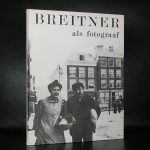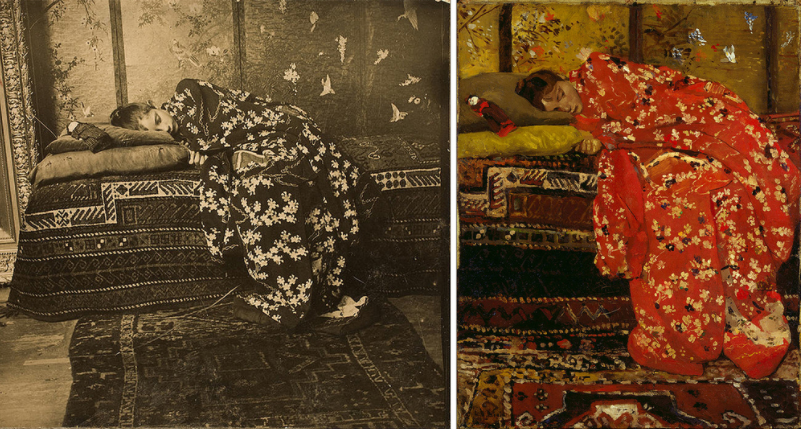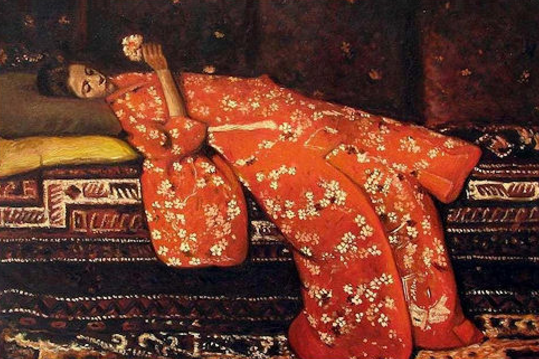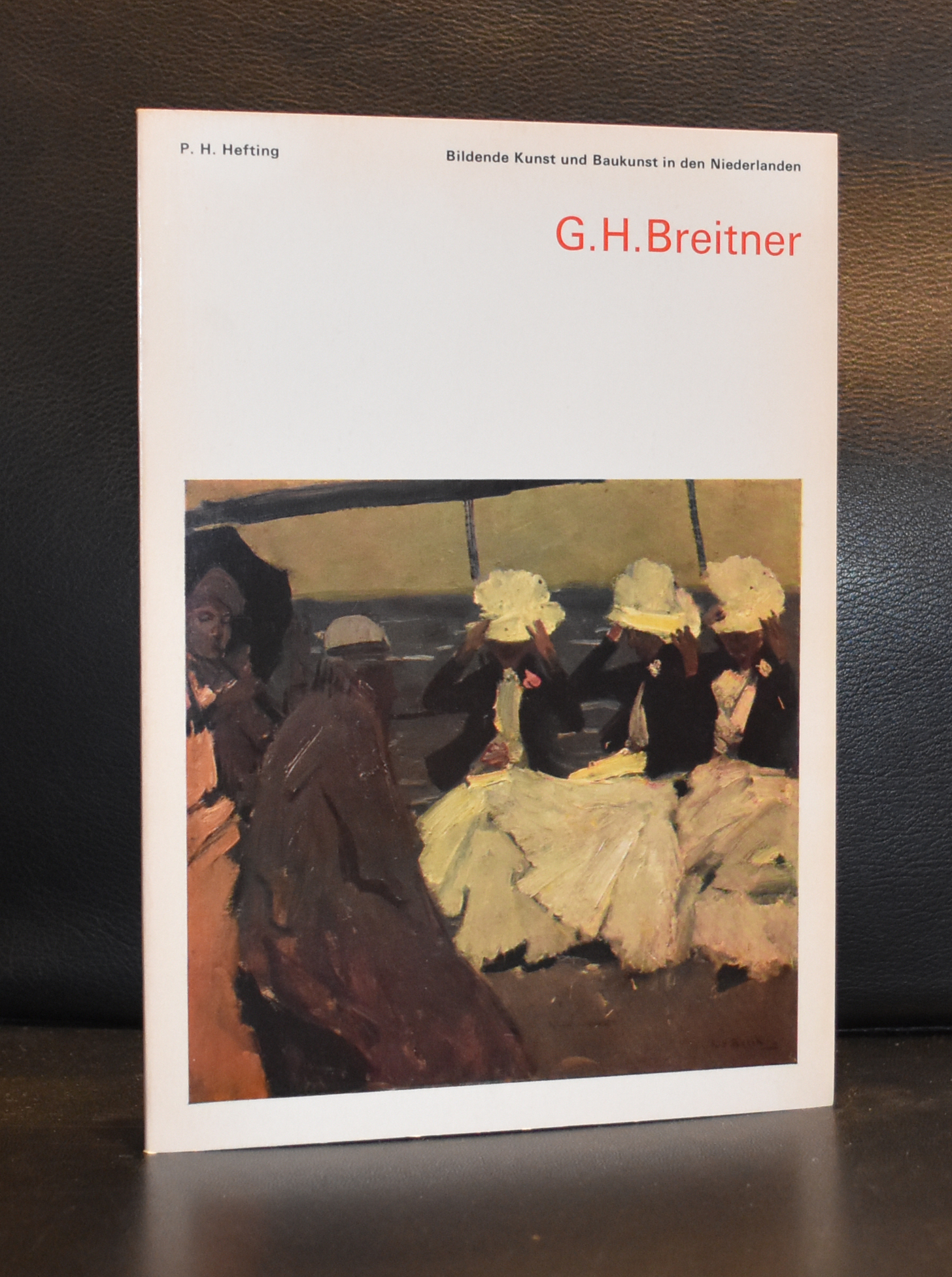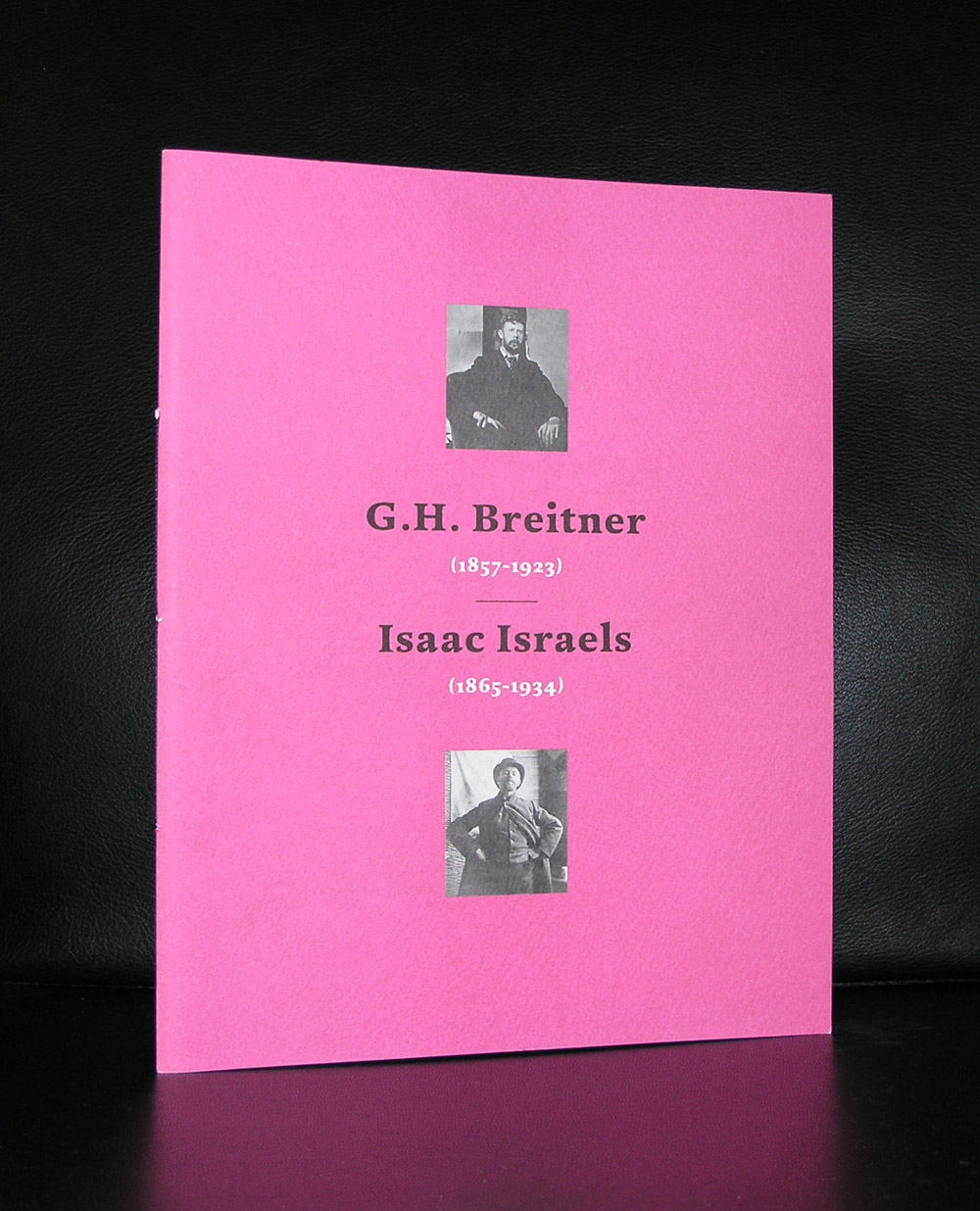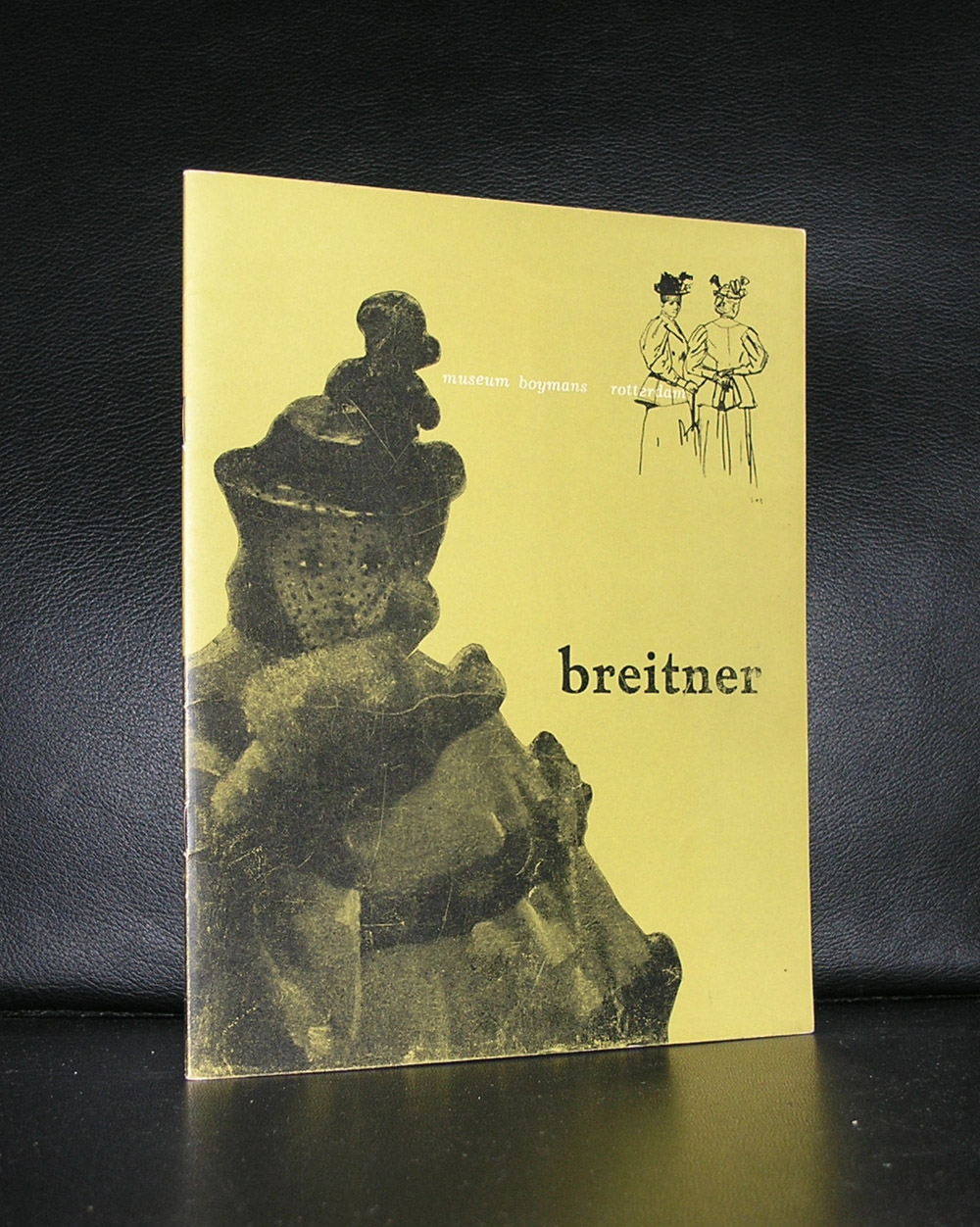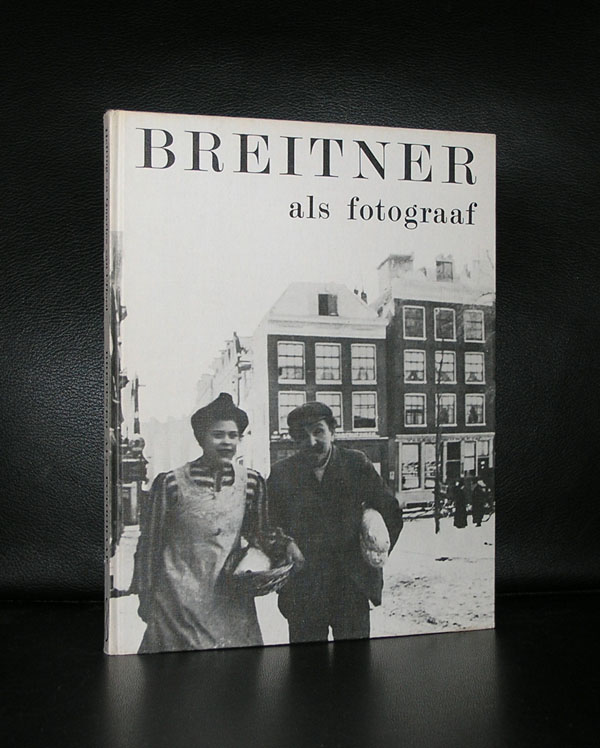
George Hendrik Breitner was born in Rotterdam. From 1876 to 1880, he attended the art academy in The Hague where his exceptional talent was recognized on numerous occasions. From October 1878 to April 1879, he worked as a drawing teacher at the Leiden academy Ars Aemula Naturae. In 1880, he was banned from the Art Academy in The Hague due to misconduct, as he had destroyed the rules of the board.
That same year, he stayed with the garden architect Willem Maris in Loosduinen and became a member of the Pulchri Studio, an important artists’ association in The Hague. Later, he distanced himself from the Hague School and is now widely regarded as an Amsterdam impressionist.
In the period of 1880-1881, he collaborated with Hendrik Mesdag, S. Mesdag-van Houten, Theophile de Bock, and Barend Blommers on the famous Panorama Mesdag. In 1882, he met and worked with Vincent Van Gogh, often sketching together in the poorer neighborhoods of The Hague. Breitner preferred working with models from the working class: laborers, maids, and people from the lower classes. This interest in common people was shared by many artists during that time.
He was associated with the Dutch literary group known as the “Tachtigers” (English translation: “Eighty-ers”). They were proponents of impressionism and naturalism, rejecting romanticism and other painters such as Isaac Israels, Willem Witsen, and poets like Willem Kloos.
Breitner saw himself as “le peintre du peuple”, the painter of the people. He was the quintessential painter of cityscapes: wooden piles in the harbor, demolition works and construction sites in the old center, horse trams on the Dam, or canals in the rain. Amsterdam (1901).
www.ftn-books.com has some interesting Breitner titles available.










